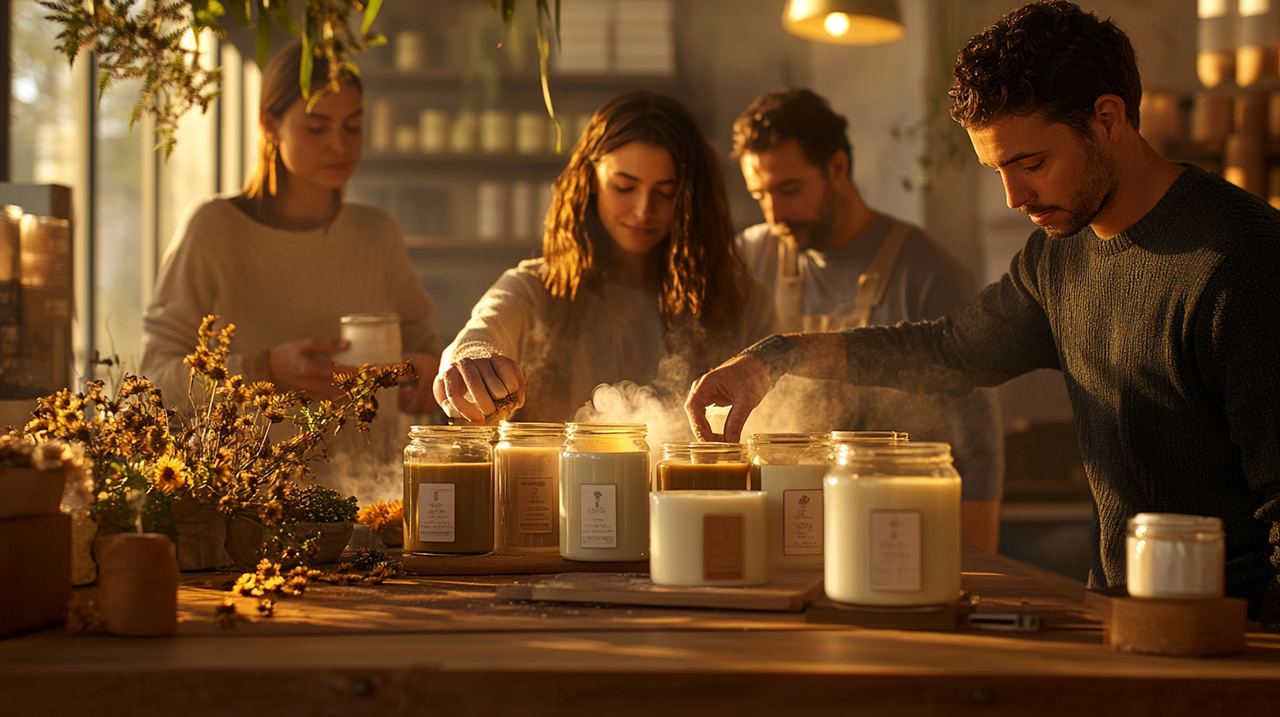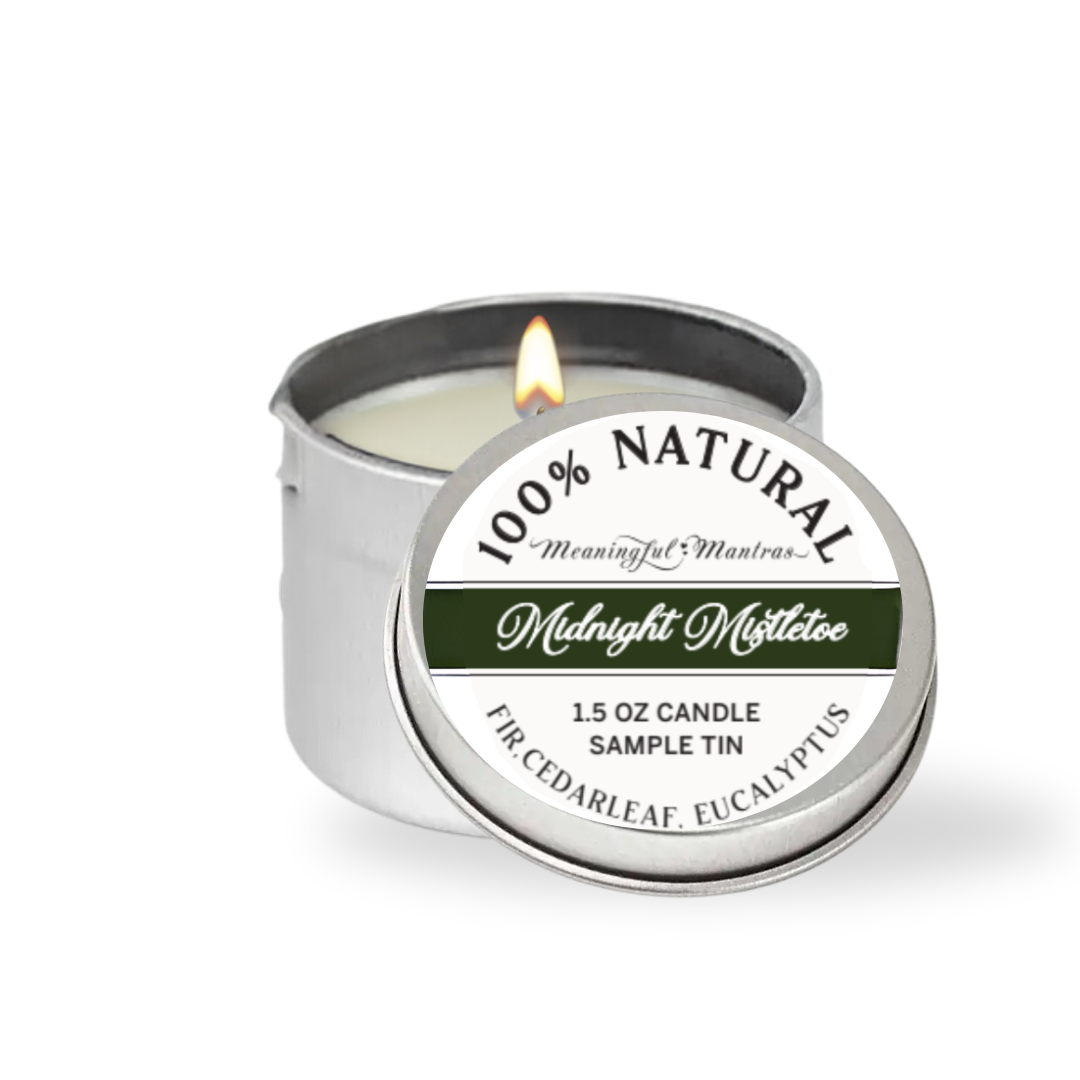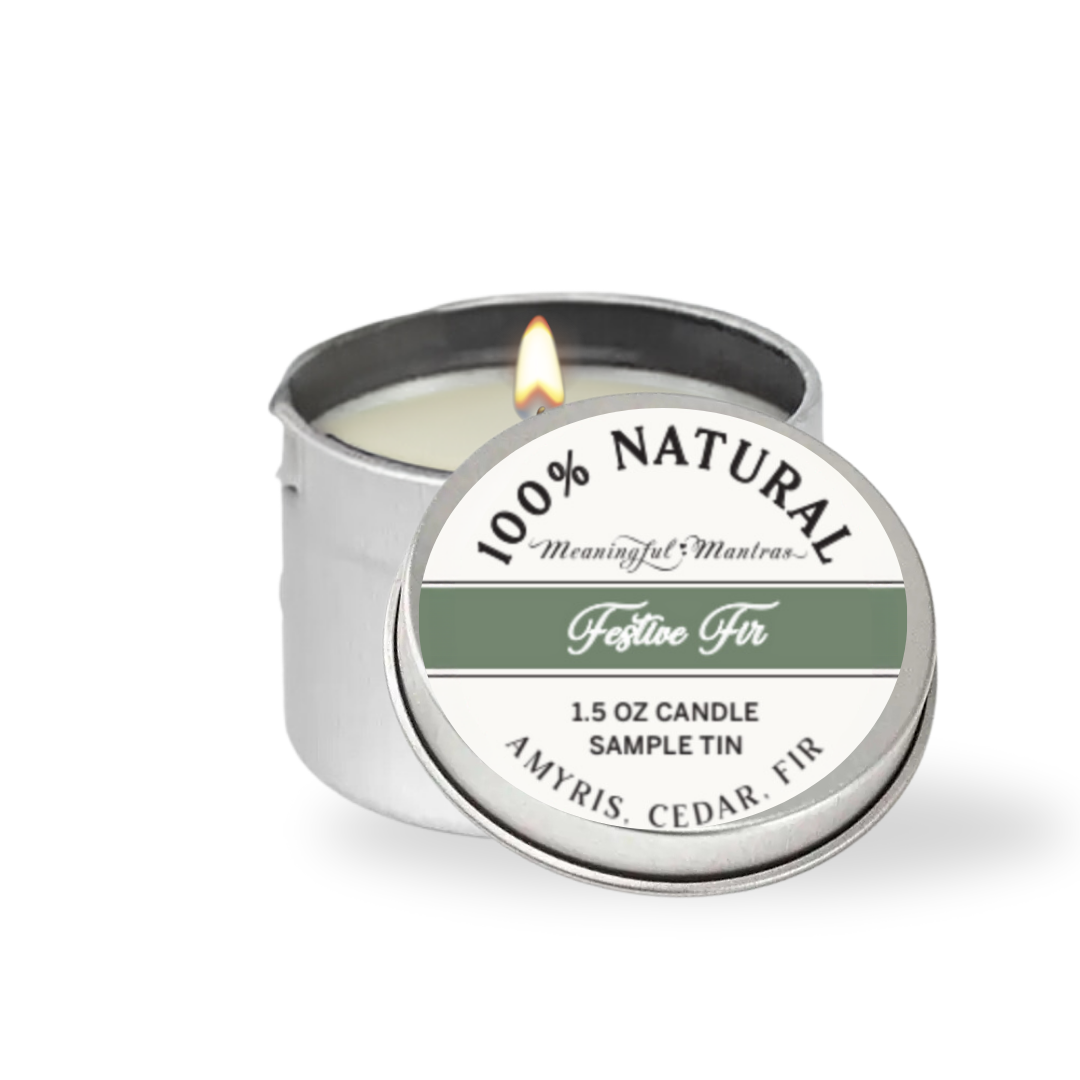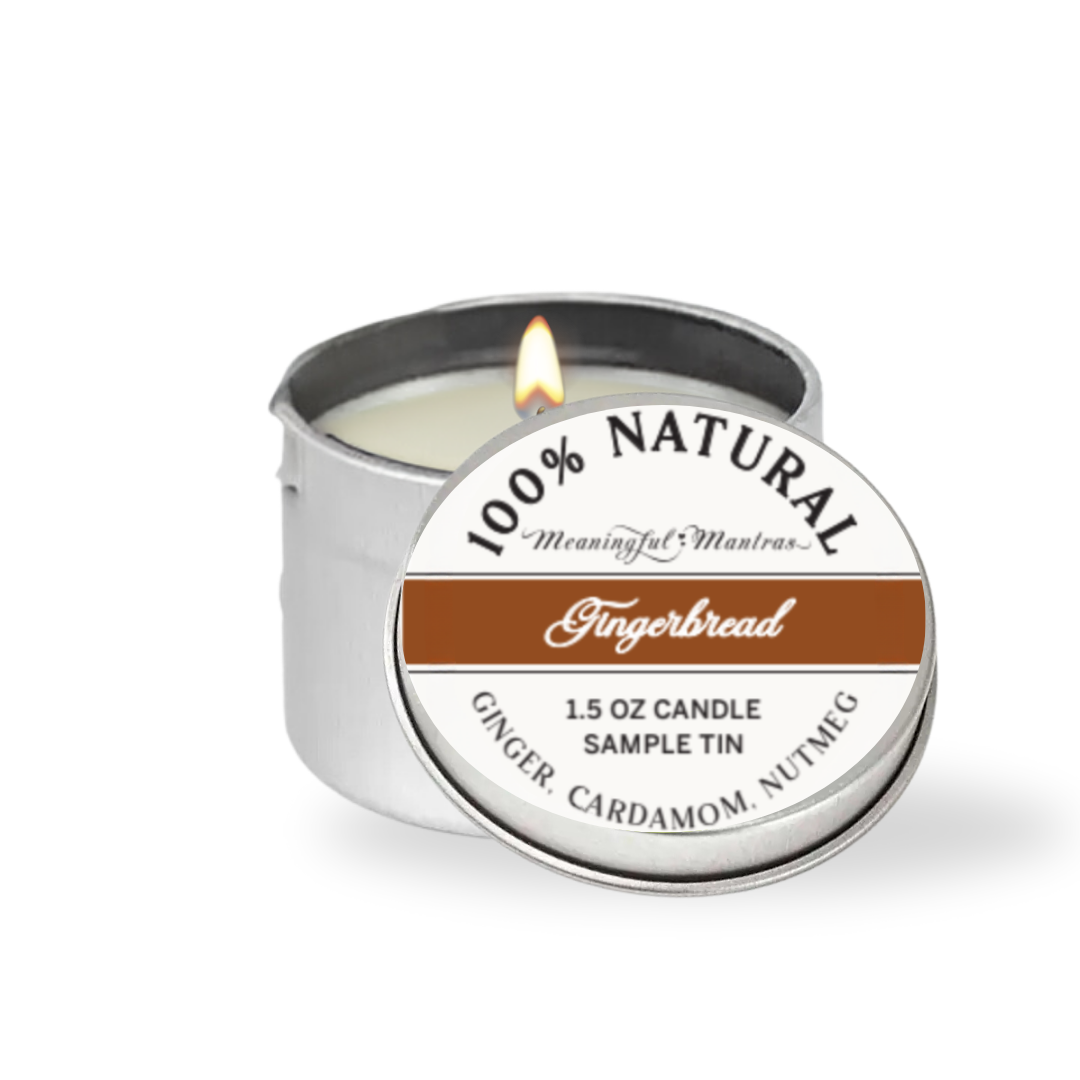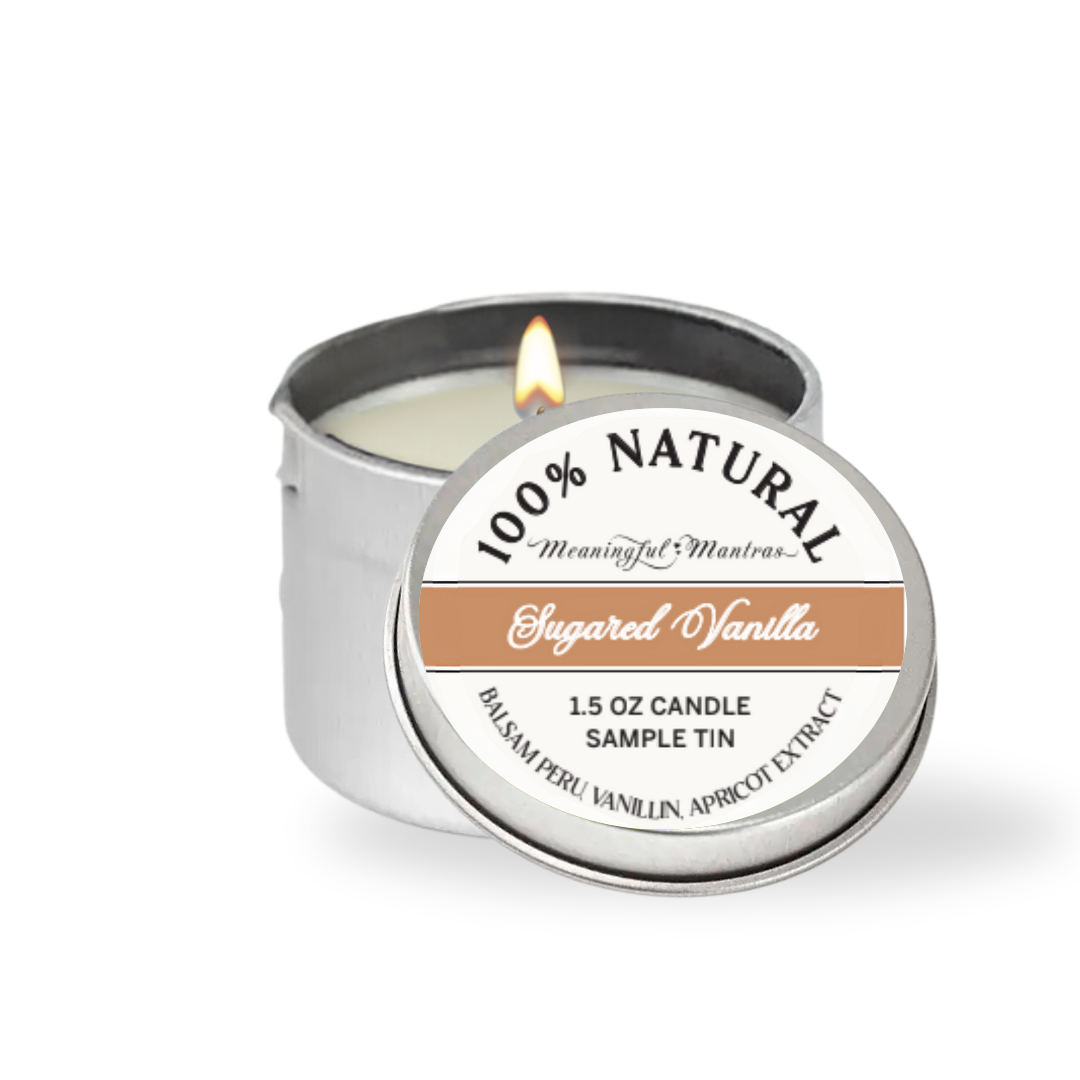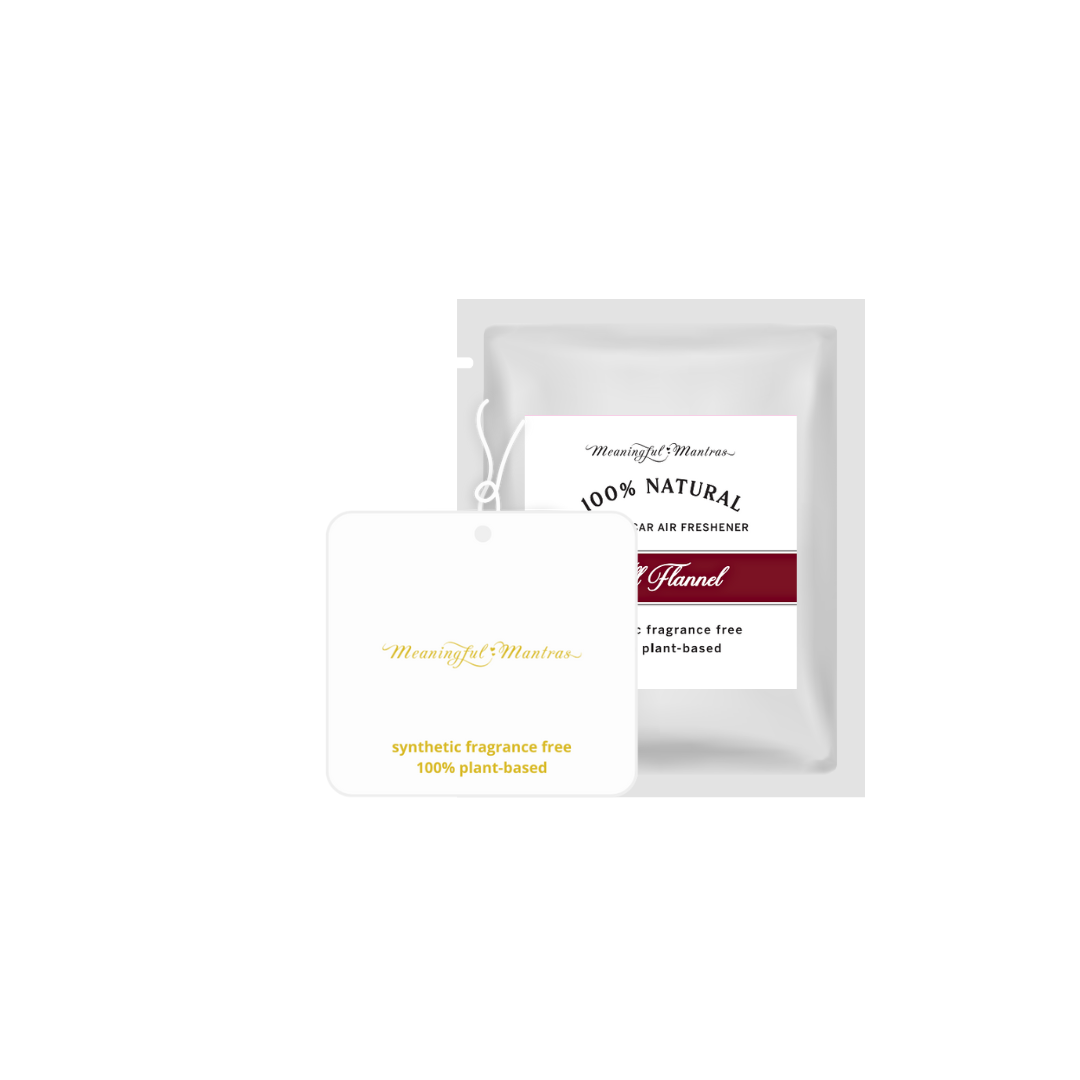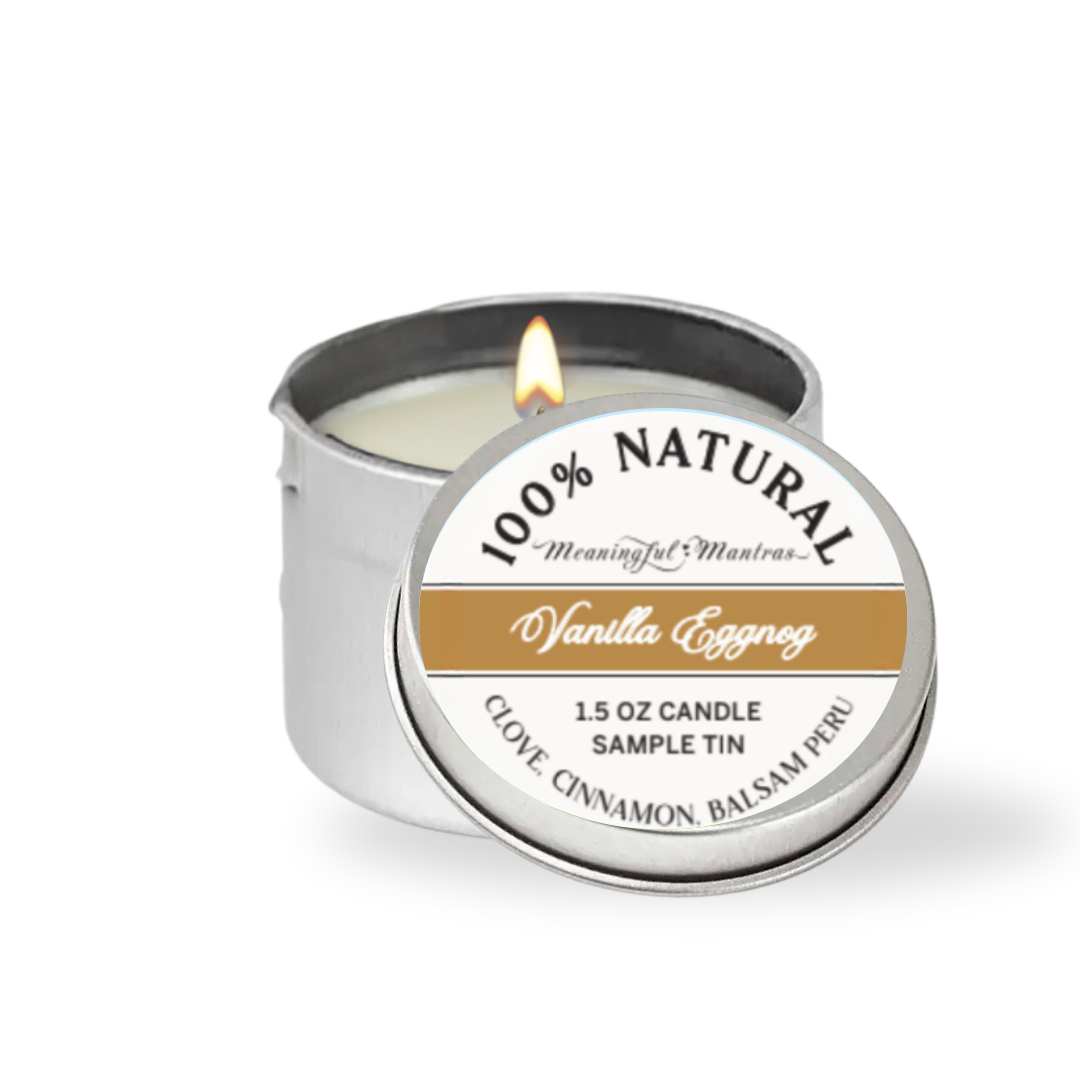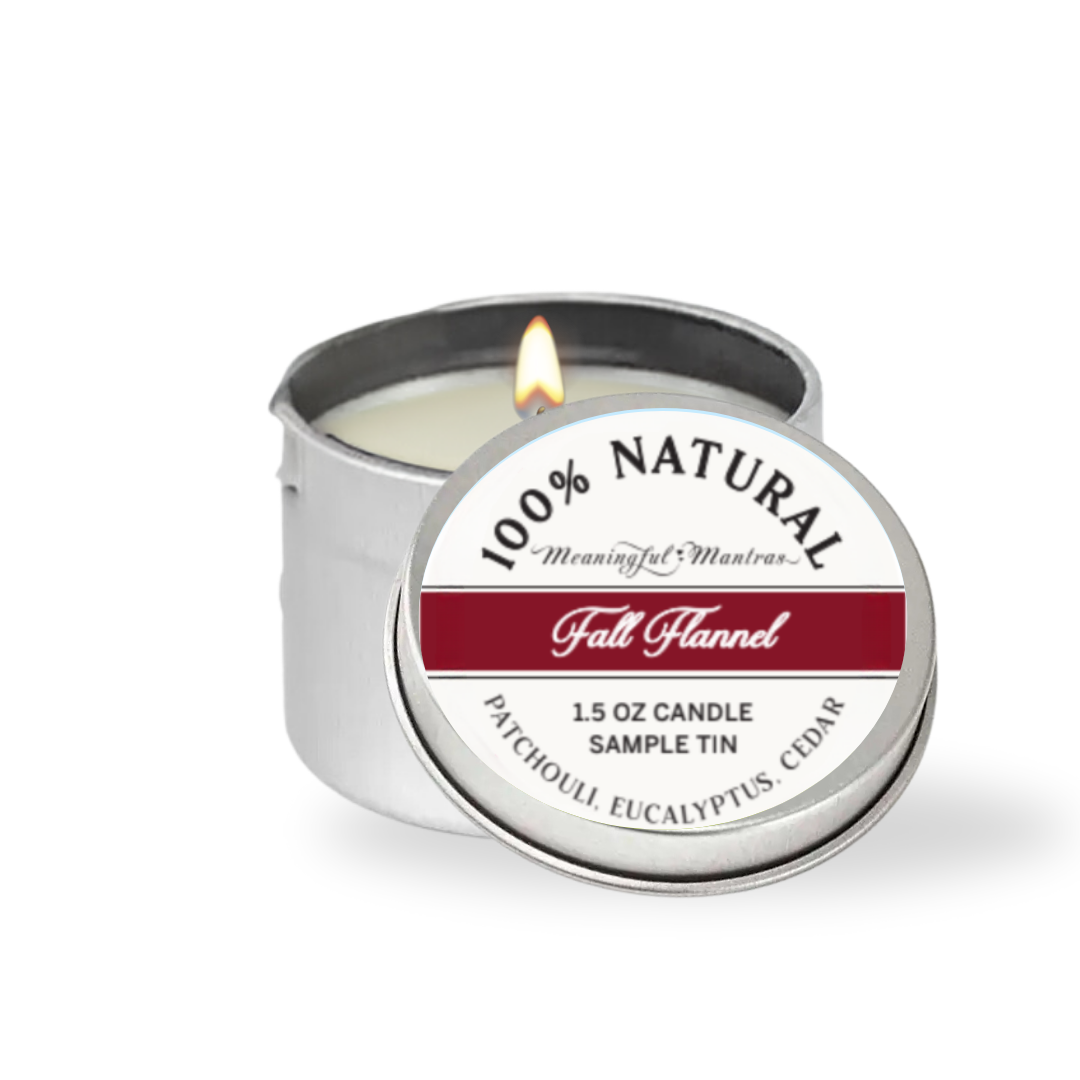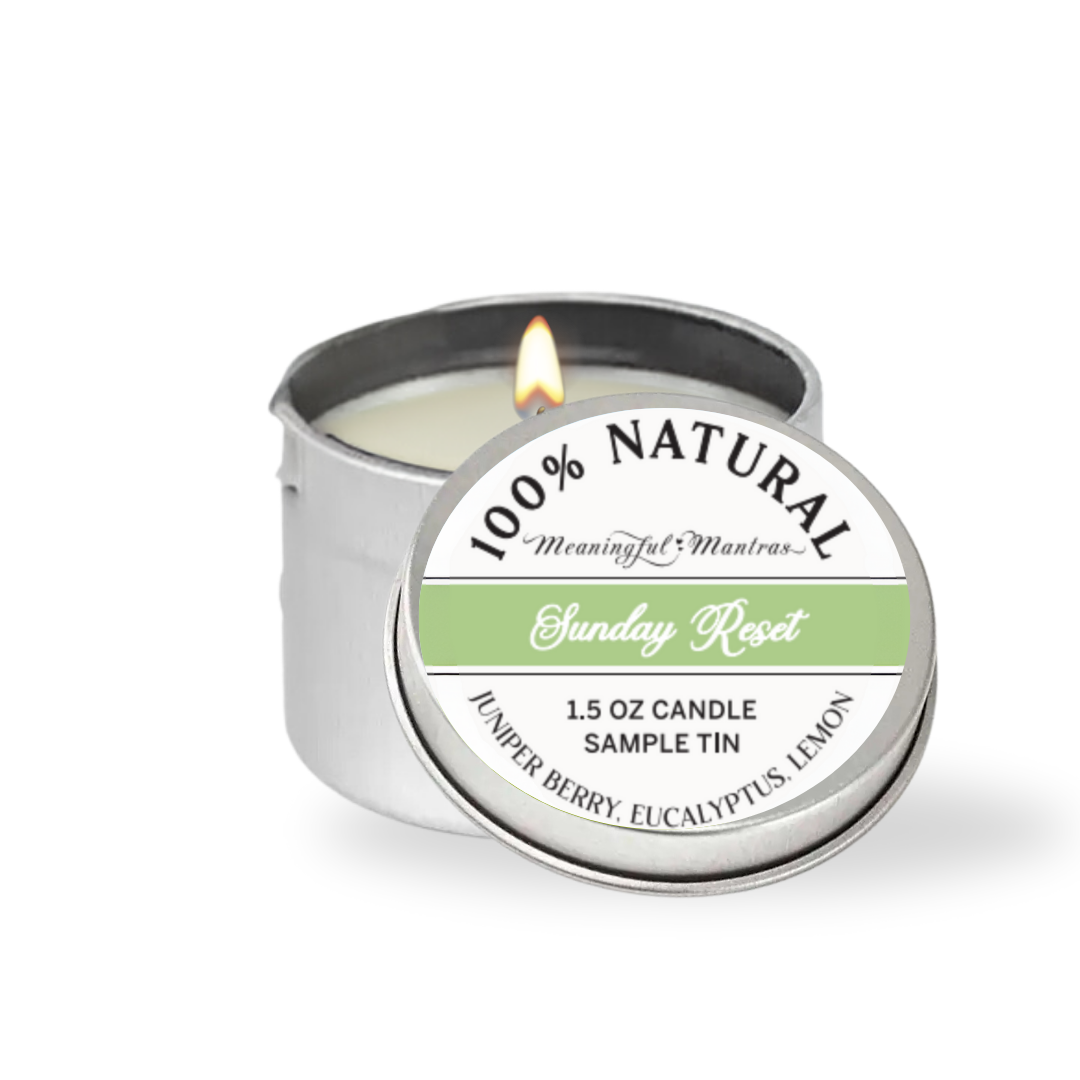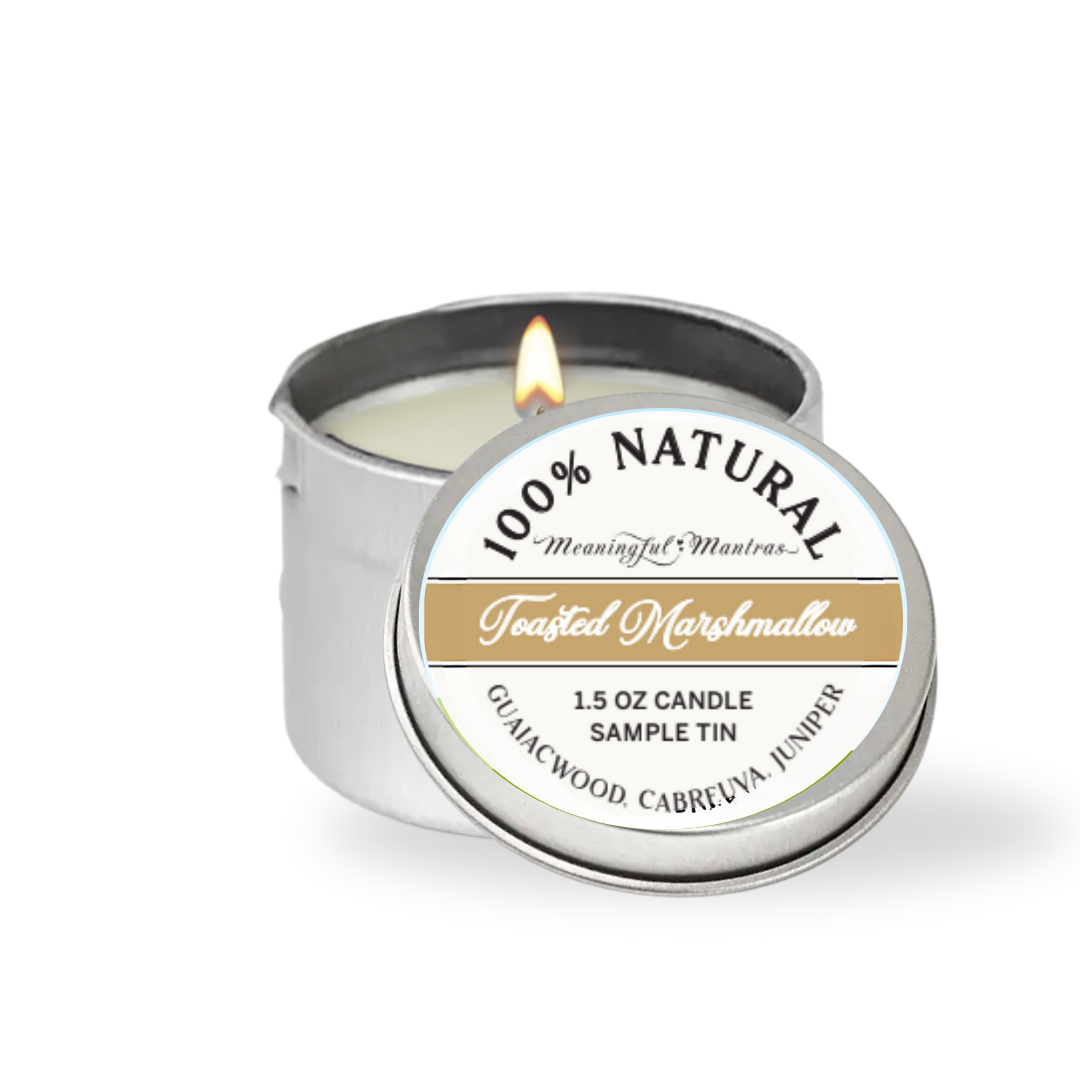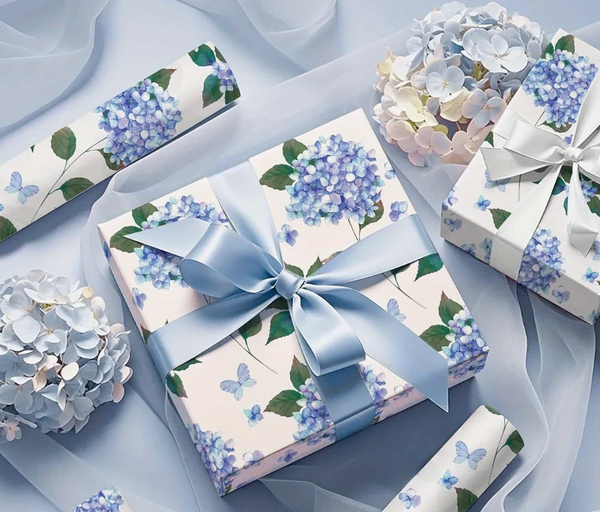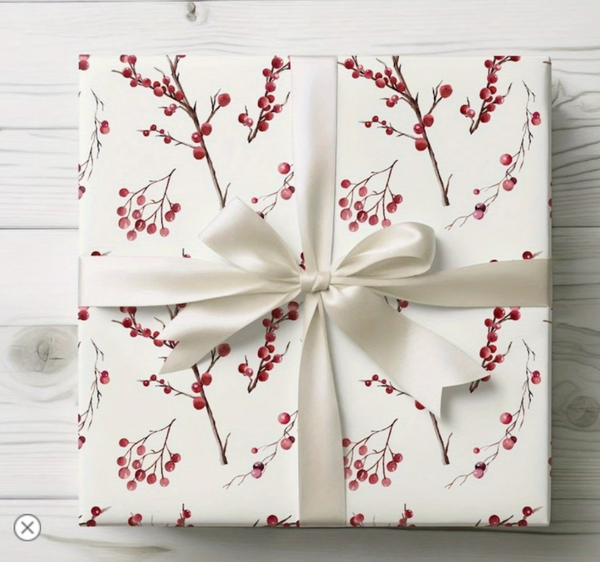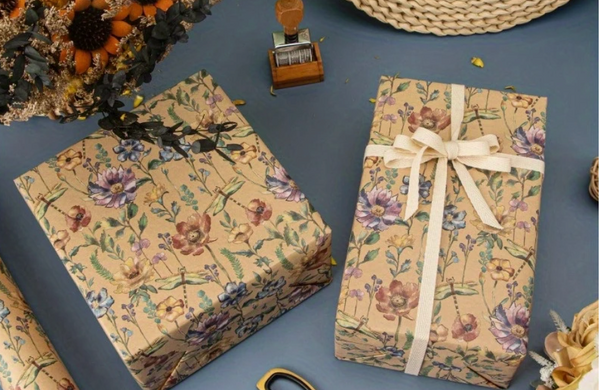When you consider the environmental impact of traditional candle making, the potential for using recyclable materials becomes an intriguing alternative. Imagine transforming glass jars or metal tins into beautiful candle holders, each with its unique character and story. By choosing biodegradable wicks and sustainable packaging, you're crafting a product and making a statement about responsibility and innovation with non-toxic candles. But how do you start selecting the right materials and ensuring they contribute to sustainability? There's more to explore in eco-friendly candle creation that might surprise you.
Bottom Line
- Glass jars offer endless recyclability and a luxurious aesthetic, ideal for eco-friendly candle containers.
- Metal tins are fully recyclable, lightweight, and durable, aligning with sustainable candle-making practices.
- Cotton, linen, and wood wicks provide biodegradable options for efficient burning and eco-friendly candles.
- Recycled cardboard and biodegradable packaging reduce waste and meet eco-conscious consumer demands.
- Melting old candle stubs into new molds reduces waste and enhances sustainability in candle-making.
Benefits of Using Recycled Materials
Incorporating recycled materials into candle making offers significant benefits beyond mere cost savings. By choosing sustainable supplies, you effectively reduce waste, contributing to a circular economy and lessening the environmental impact of your craft. Eco-conscious candle makers understand that repurposing old wax, glass jars, and metal tins minimizes waste and supports creating unique, story-driven products that resonate with consumers seeking sustainable goods.
Recycled materials don't compromise quality. For example, using recycled wax can lower production costs without sacrificing the integrity of the final product. This approach allows you to produce high-quality candles while maintaining an eco-friendly stance. Additionally, repurposing containers promotes a recycling culture, encouraging consumers to adopt similar practices. This not only aids in waste reduction but also aligns with the growing preference for environmentally responsible products.
Moreover, utilizing biodegradable packaging crafted from recycled materials furthers the eco-friendliness of your offerings. This strategy bolsters your environmental credentials and enhances consumer satisfaction as they increasingly value sustainable choices. Ultimately, embracing recycled materials in candle making enables you to serve the planet while crafting meaningful, innovative designs.

Selecting Recyclable Candle Containers
When selecting recyclable candle containers, consider both their environmental impact and functional benefits. Opting for sustainable candle-making supplies, like glass jars, metal tins, and ceramic pots, greatly reduces waste and appeals to eco-conscious consumers. Glass candle containers, for instance, are endlessly recyclable and offer a luxurious aesthetic. Their reusability and recyclability make them an excellent choice for minimizing environmental impact. Meanwhile, metal tins are lightweight, durable, and completely recyclable, providing a minimalist design that's both practical and sustainable.
Recyclable candle containers enhance the sustainability of your candle-making process. Here are some benefits that highlight their value:
- Glass jars: Endless recyclability, luxurious appeal, and reusability.
- Metal tins: Lightweight, durable, recyclable, and resealable.
- Ceramic pots: Sturdy, reusable, and offer a natural aesthetic.
- Recycled materials: Align with eco-conscious preferences and reduce waste.
Sourcing Eco-Friendly Candle Wicks
Selecting the right eco-friendly candle wicks is crucial for sustainable candle-making practices. Wicks from biodegradable materials like cotton or linen guarantee a cleaner burn and reduce soot emissions. These materials align seamlessly with plant-based waxes, promoting an eco-friendly approach. Furthermore, wooden wicks offer an additional sustainable option, providing not only a cleaner burn but also a pleasing crackling sound that enhances the sensory experience for users.
| Wick Material | Benefits | Compatibility |
|---|---|---|
| Cotton | Biodegradable, cleaner burn | Plant-based waxes |
| Linen | Eco-friendly, reduced soot | Beeswax |
| Wood | Crackling sound, sustainable | All-natural waxes |
When selecting candle wicks, consider their compatibility with the wax type you plan to use. Different waxes may require specific wick sizes and materials for maximum performance, guaranteeing that your candles burn efficiently. Sourcing eco-friendly wicks supports sustainable practices and meets the growing consumer demand for environmentally responsible products. By prioritizing high-quality, eco-friendly wicks, you contribute to reducing environmental impact while serving others by providing a sustainable candle-making option.
Creative Uses for Old Candle Stubs
While sourcing eco-friendly candle wicks lays the groundwork for sustainable candle-making, the creative use of old candle stubs further enhances this eco-friendly journey. You can considerably reduce waste and breathe new life into your candle-making projects by repurposing leftover wax. Melting down old stubs allows you to craft new candles, an excellent choice for minimizing environmental impact. These remnants can add unique textures and colors, offering a diverse palette in your creations.
Consider these creative uses for old candle stubs:
- Create decorative tealights or votives: This provides ambient lighting and is a sustainable practice.
- Experiment with layering different candle scents: Blend leftover wax with various fragrances for personalized aromatic experiences.
- Use as fire starter: The wax effectively ignites kindling, making it ideal for outdoor settings.
- Craft new molds or containers: Transform existing glass jars or molds using leftover wax for innovative designs.

Sustainable Packaging Solutions
Sustainable packaging solutions in candle making are essential for reducing environmental impact and promoting responsible sourcing. Adopting these practices can considerably contribute to the environment while enhancing your brand's reputation. Utilizing recycled cardboard and paper cuts down on waste and supports eco-friendly initiatives. These readily available materials offer a sturdy alternative to conventional packaging.
Reusable containers, like glass jars or metal tins, extend the packaging life cycle. This approach minimizes waste and encourages customers to repurpose their candle containers, aligning with their desire to serve the planet responsibly. Emphasizing biodegradable packaging options guarantees that every part of your product is in harmony with nature by breaking down naturally over time.
| Solution Type | Benefits |
|---|---|
| Recycled Cardboard | Reduces waste, promotes responsible sourcing |
| Reusable Containers | Extends lifecycle, encourages repurposing |
| Biodegradable Packaging | Aligns with eco-friendly practices |
| Plastic-Free Alternatives | Meets consumer demand, enhances brand reputation |
Frequently Asked Questions
How Do You Make Recyclable Candles?
To make recyclable candles, select plant-based waxes, use recyclable containers like glass jars, and choose eco-friendly cotton wicks. Incorporate essential oils for scent and guarantee packaging is biodegradable. This approach minimizes waste and supports sustainability.
What Are 3-4 Mistakes to Watch for When Making Coconut Candles?
When making coconut candles, avoid these common pitfalls:
1. Pouring at the Wrong Temperature: Coconut wax has its ideal pouring temperature. If it’s too hot or cold when poured, the candle’s texture and burn quality can be compromised.
2. Using an Incorrect Wick Size: Selecting the right wick is crucial for an even burn. A wick that is too small or too large for your container or wax can lead to uneven melting and poor performance.
3. Over-Loading with Fragrance: Adding too much fragrance oil can interfere with the wax’s ability to burn properly and may result in a diminished scent throw.
4. Neglecting Proper Cooling Times: Rushing the cooling process can cause imperfections like sinkholes or uneven surfaces, ultimately affecting the candle’s performance.
By being mindful of these points, you can ensure that your coconut candles not only look beautiful but also burn evenly with a delightful scent throw.
What Is the Most Environmentally Friendly Candle?
If you're looking for the most environmentally friendly candle, choose one made from coconut or grapeseed wax. Pair it with cotton or wood wicks and natural fragrances. To minimize environmental impact, opt for recyclable containers and sustainable packaging.
What Candles Can Be Recycled?
Candles made from biodegradable coconut wax can be recycled. Glass containers and metal tins can be recycled if cleaned thoroughly. Verify that cotton wicks are metal-free. Always check local guidelines for packaging recycling.
Closing Thoughts
By embracing recyclable materials in candle making, you enhance product sustainability and align with consumer demand for eco-friendly options. Selecting containers like glass jars, metal tins, and ceramic pots minimizes environmental impact while maintaining aesthetic appeal. Biodegradable cotton or linen wicks further improve your green credentials. Additionally, using recycled packaging demonstrates a commitment to responsible sourcing. These strategies collectively position your brand as a leader in sustainable practices, appealing to the growing market of environmentally conscious consumers.
